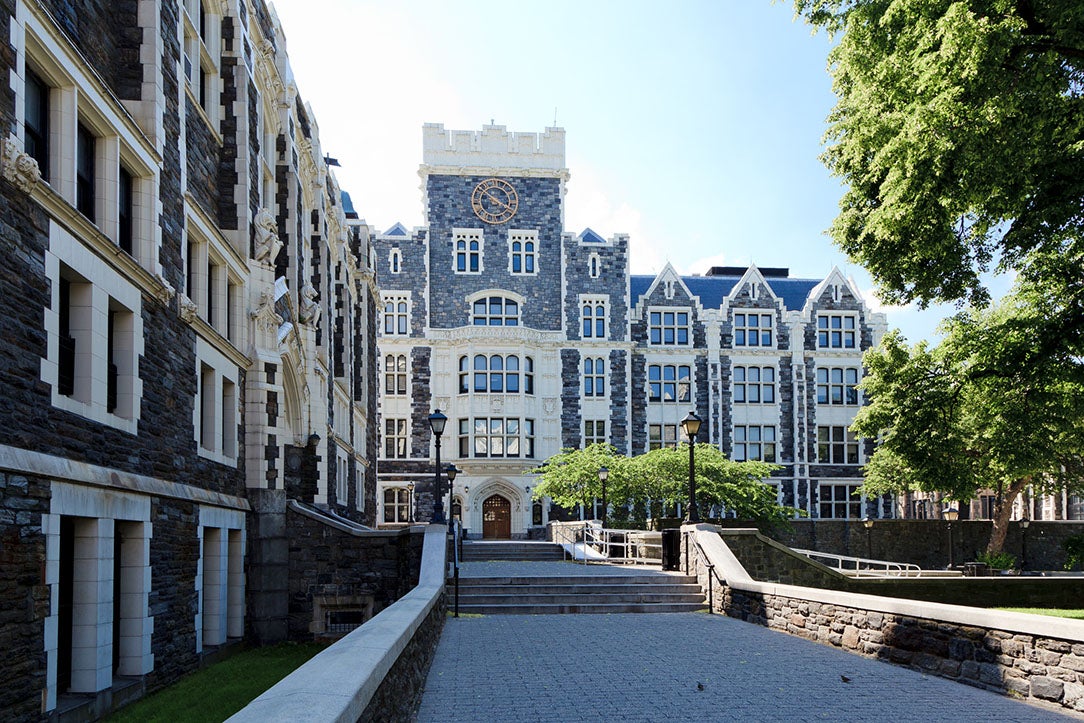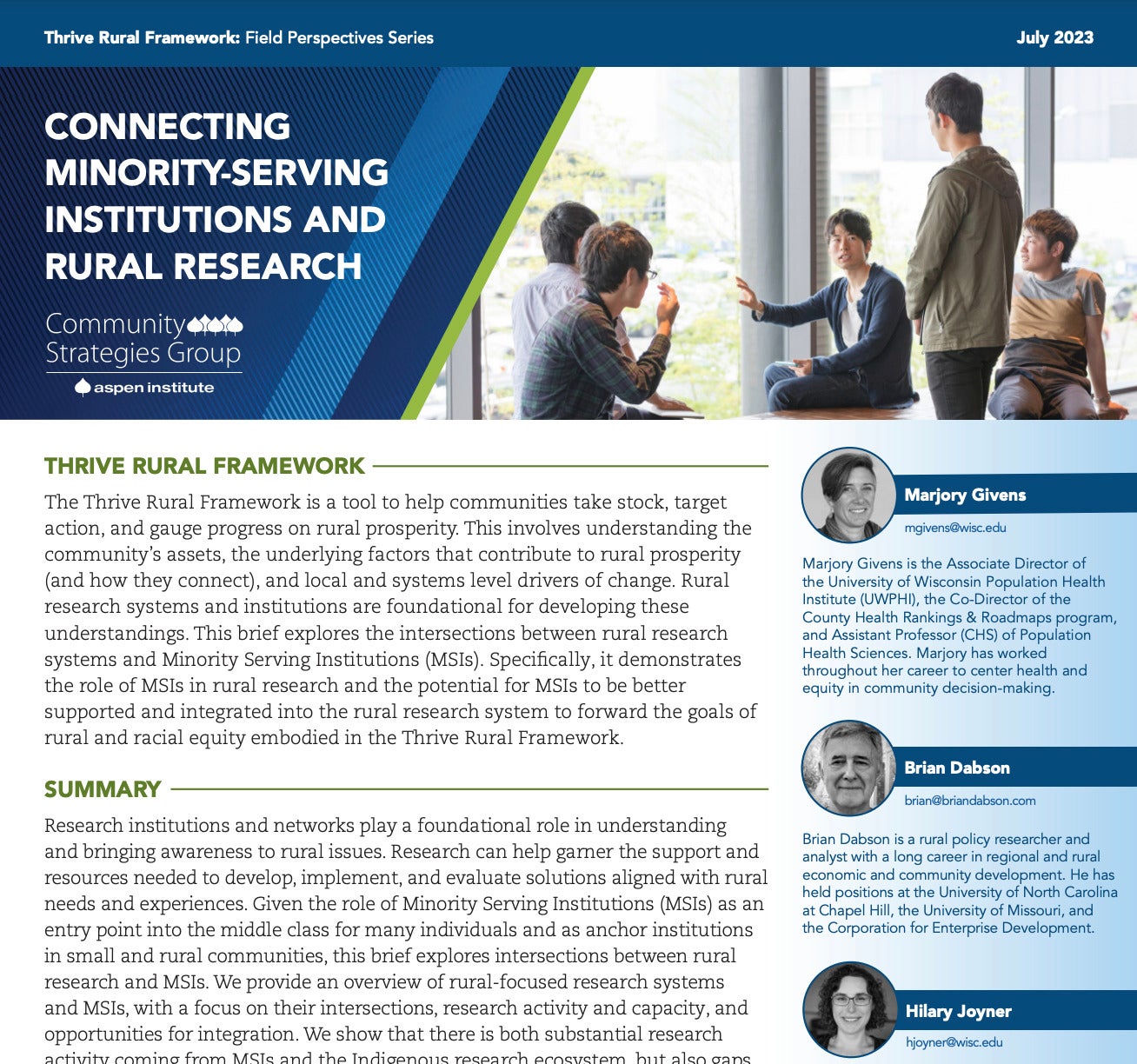As the debate over free speech on college campuses continues to make national headlines, many are working behind the scenes to ensure that American colleges and universities live up to their reputation as strongholds of democracy. Perhaps no one is more central to this mission than the college president. Yet at a time when thoughtful leadership is more consequential than ever, this role is witnessing enormous turnover, a shrinking pool of applicants, and inadequate preparation for diverse and non-traditional candidates.
Against this backdrop, the Aspen Institute College Excellence Program convened a Task Force on the Future of the College Presidency. This group consisted of 35 current college and university presidents across the four sectors of higher education—community colleges, liberal arts colleges, research universities, and regional public universities. These men and women examined what will be needed to strengthen their role in the coming decades. They identified necessary leadership skills and qualities and discussed how they could be developed. What surfaced from these conversations is the latest Aspen Institute report, “Renewal and Progress: Strengthening Higher Education Leadership in a Time of Rapid Change.”
College presidents have always juggled numerous roles within their institutions. They are chief executives, academics, fundraisers, and disciplinarians. However, the challenges they face have become more complex due to demographic, economic, communications, and other societal changes. Growing diversity in the student body has been accompanied by questions about inclusion and equity. Rising tuition costs have caused some Americans to question whether college is a good investment. Meanwhile, declining state investments have forced colleges to make difficult decisions about funding priorities. Michael Sorrell, president of Paul Quinn College and a contributor to this report, had to think outside the box when he started his tenure at a school on the verge of bankruptcy.
The Renewal and Progress report outlines three focus areas to ensure that a healthy supply of talent can be cultivated in the face of these mounting pressures. They involve a number of stakeholders, including college presidents, national associations, and boards of trustees. The first focus area is to expand and improve development and peer learning opportunities for new and veteran presidents. Continuing professional development opportunities can help presidents better navigate and adapt to the evolving needs of their institutions.
The second area of focus is to provide boards of trustees with greater and more integrated assistance. Boards should be coached in setting institutional goals and supporting effective leadership so they can improve their partnerships with current and future college presidents.
Lastly, there must be a focus on advancing new and expanded ways to develop a diverse presidential talent pool. The traditional pathway to the presidency includes too few senior leaders, women, and people of color. There is also a lack of opportunity for nontraditional candidates to assume such roles. Filling the vacuum of impending retirements may necessitate the expansion of the pool of potential presidents beyond academia.
The recommendations in this report will require the commitment and cooperation of many actors. While broad in scope, the report provides a robust foundation for the enduring success of higher education in the country. Given the current challenges, and those still to come, urgency is required to chart a path forward.


